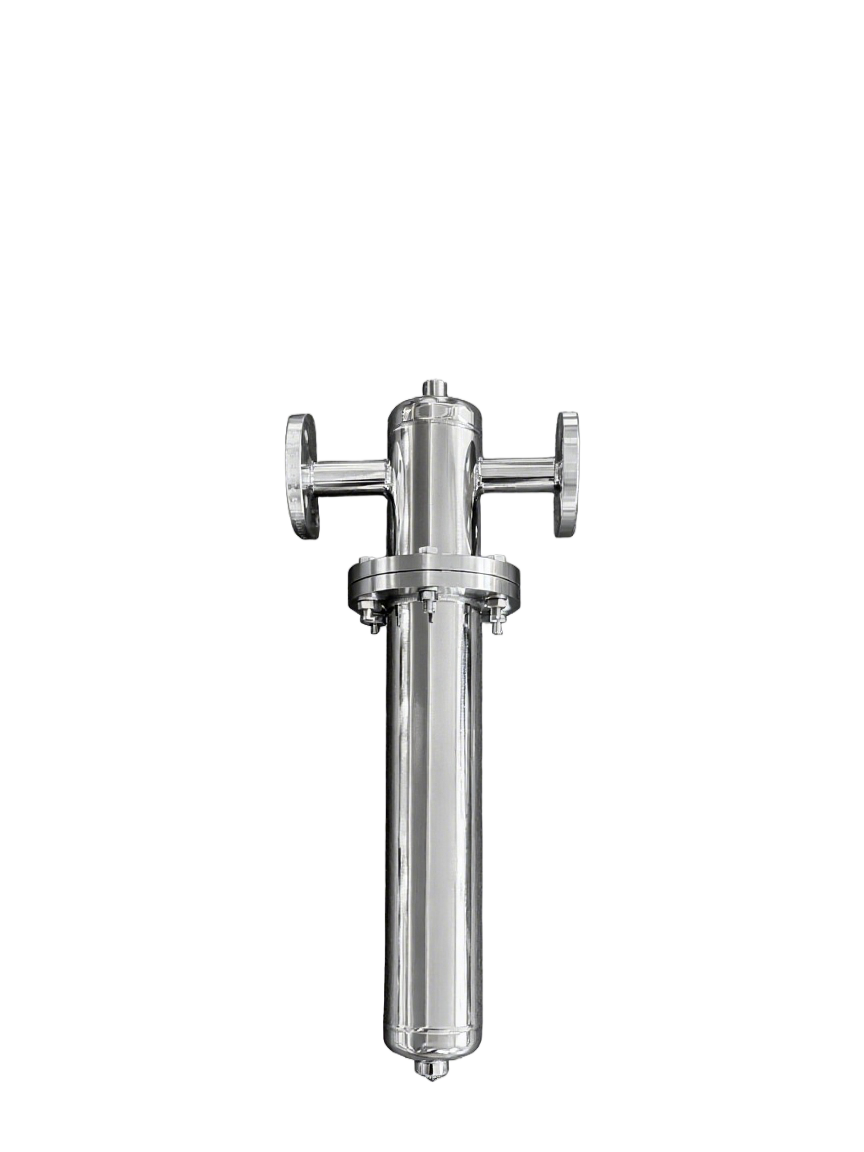Exploring the Diverse Types of Refrigeration Systems: A Comprehensive Guide
Refrigeration systems play a crucial role in various industries, ensuring the preservation and cooling of perishable goods. Understanding the different types of refrigeration systems is essential for professionals in the field. In this forum post, we will delve into the intricacies of refrigeration systems, exploring their types, applications, and advantages. So, let's embark on this informative journey together!
- Vapor Compression Refrigeration Systems:
The most common type of refrigeration system is the vapor compression system. It operates by compressing and condensing a refrigerant to remove heat from the desired area. This system is widely used in commercial and residential cooling applications, such as air conditioning units and refrigerators. Its efficiency, reliability, and adaptability make it a popular choice. - Absorption Refrigeration Systems:
Absorption refrigeration systems utilize a different principle than vapor compression systems. They rely on the absorption of a refrigerant into a liquid solution, followed by its subsequent release through heat input. This type of system is often employed in industrial settings, where waste heat or alternative energy sources are available. Absorption systems offer energy efficiency and environmental benefits, making them suitable for specific applications. - Thermoelectric Refrigeration Systems:
Thermoelectric refrigeration systems are based on the Peltier effect, which utilizes the temperature difference between two dissimilar materials to create a cooling effect. These systems are compact, solid-state, and have no moving parts, making them ideal for small-scale cooling applications. They find use in portable coolers, electronic devices, and niche industries where size and reliability are paramount. - Magnetic Refrigeration Systems:
Magnetic refrigeration systems are an emerging technology that utilizes the magnetocaloric effect to achieve cooling. By applying a magnetic field to a magnetic material, it undergoes a temperature change, resulting in the removal of heat. Although still in the research and development phase, magnetic refrigeration systems show promise in terms of energy efficiency and environmental sustainability.
Conclusion:
In this comprehensive guide, we have explored the various types of refrigeration systems, ranging from the widely used vapor compression systems to the innovative magnetic refrigeration systems. Each type has its unique advantages and applications, catering to diverse industry needs. By understanding these systems, professionals can make informed decisions when selecting the most suitable refrigeration solution for their specific requirements. Stay updated with the latest advancements in refrigeration technology, as the industry continues to evolve towards more efficient and sustainable cooling solutions.



